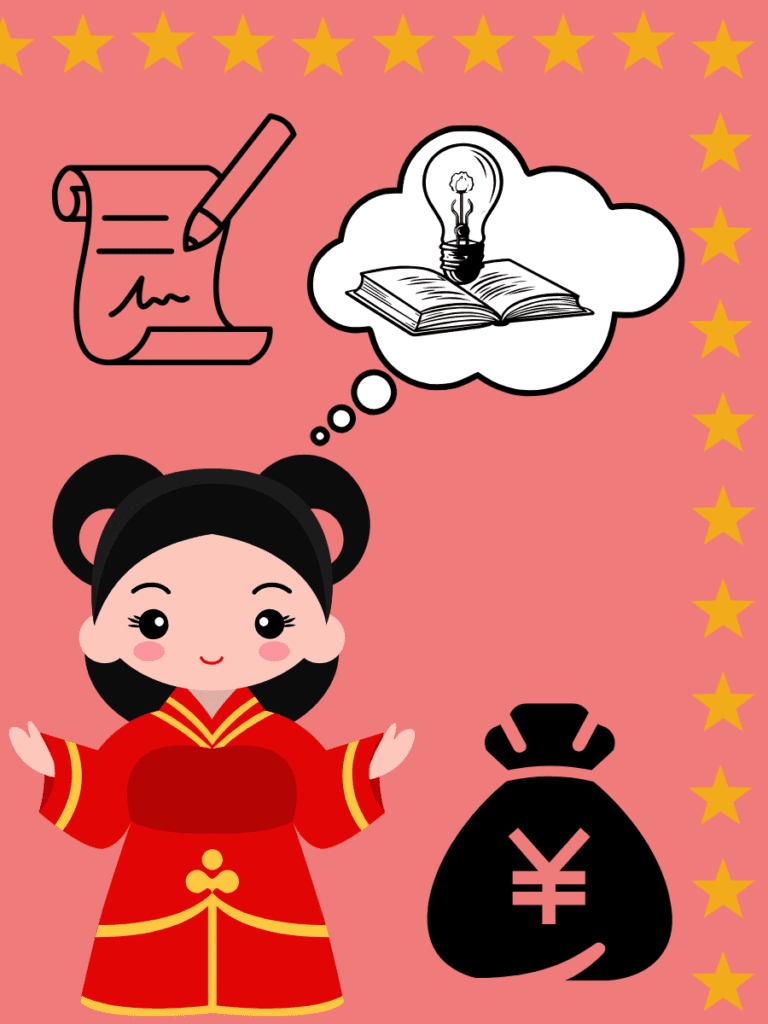Introduction
Intellectual property (IP) law refers to the legal protection given to companies and individuals for their innovation, creation, and ideas. China has been at the top of the list in terms of population (having the highest workforce), and the government investment in infrastructure, automation, and technology has made China a champion in the global economy, which makes it essential to protect patents, intellectual property, trademarks, and copyrights. China never had conventional intellectual property rights before 1949. The innovations and ideas were often preserved in the name of family tradition and customs. The increase in trade with foreign countries made it essential to structure intellectual property law. In this blog, we will see how China has come a long way from having no intellectual property law to being a top practitioner of intellectual property law around the globe.
Traditional Roots (before 1949)
China never codified intellectual property law, but this does not mean they did not respect creation. Chinese culture has practised and respected its old traditional knowledge and wisdom. Skilled craftsmen, poets, and scholars were respected for their knowledge and work. Families practised their craft and know-how, which made them experts in the particular skill. These skills were then passed from generation to generation. China’s philosophical inclination also shows that they followed Confucianism, which stresses valuing learning, tradition, elders and living by example. They followed the concept of Ren, which means benevolence, and promoted the well-being of others. They gave importance to practical application over abstract ownership.
Mao’s Era and Intellectual Property
In early 1949, the communist government came to power and abolished the legal regulations of the earlier government run by the Soviet Union. Furthermore, the Soviet Union did recognise the inventor, but the State gained the proprietary rights. During this period, the emphasis was given to collective learning, which would benefit the state, and individual protection of rights was not considered important. This period also saw egalitarianism, which discards Western intellectual property rights. This period witnessed anti-individualism and an inclination towards catering to the interests of the State. After Mao’s death, the IP laws continued to flourish in China.
Legal Reforms in China (after 1978)
Under the leadership of Deng Xiaoping, China embarked on the road to economic reform and worked towards improving international trade and investment. It was during this period that innovation and technology were encouraged, and domestic ideas were given appreciation. After this drastic shift, China developed its modern IP law to protect its innovation and ideas. Three major laws were the Trademark Law of 1982, which protected commercial brands; the Patent Law of 1984, which protected exclusive rights; and the Copyright Law of 1990, which protected scientific knowledge.
After this, China became part of various international treaties like:
- World Intellectual Property Organisation in the year 1980.
- Paris Convention for the Protection of Industrial Property, 1984.
- Berne Convention for the Protection of Literary and Artistic Works, 1992.
With the above-mentioned treaties, China developed their judicial sector, which had IP courts, as the economic and business transactions increased on a large scale. The Chinese government invented their development policy and shifted from a manufacturing-based to an innovation-driven economy.
Modern Era: Innovation and IP Strategy
From having no intellectual property law defined to leading the patent and intellectual property rights all over the globe, China has come a long way. The World Intellectual Property Indicators, published by the WIPO, has China as the top patent applicant all over the globe. It also receives the highest number of patent applications. China is the host of half the patent applications in the world. China’s innovation, computer expertise, and AI-driven strategy are making it a leader in patent laws throughout the world. China’s governance policy, along with equal attention to industrial and economic growth, awareness of IP law, infrastructure, and emphasis on high-quality patents, has brought it to the top position.
Conclusion
The journey from not having a systematic IP law to having half the patent applications of the world has been a long one for China. China’s principle of respecting elders, scholars, and craftsmen, striving for perfection, and a society-centric approach has made them leading IP experts. With the social aspect, the government’s effort on infrastructure, innovation bills, economic reforms, increasing developing international trade and shifting from a manufacturing-based to an innovation-driven economy together have made China’s IP law among the top performers. With consistency in the fields of technology, social, economic, and international relationships, China sets an example for the world.
References
- China’s IP Law Reforms: Progress and Problems, 135 Harv. L. Rev. 1278 (2022), https://jolt.law.harvard.edu/digest/chinas-ip-reform-state-interests-align-with-intellectual-property-protection-again
- World Trade Organization, Trade Policy Review: China, WTO Doc. WT/TPR/S/375 (2018), https://www.wto.org/english/tratop_e/tpr_e/tp375_e.htm
- China Briefing, China’s IP Protection Development: A Comprehensive Overview, China Briefing, Aug. 13, 2024, https://www.china-briefing.com/news/chinas-ip-protection-development-a-comprehensive-overview/.
- Intellectual Property in China, Wikipedia, https://en.wikipedia.org/wiki/Intellectual_property_in_China (last visited May 23, 2025)
- Jie Hong, Jakob Edler & Silvia Massini, Evolution of the Chinese Intellectual Property Rights System: IPR Law Revisions and Enforcement, 15 Mgmt. & Org. Rev. 1 (2019), https://www.cambridge.org/core/journals/management-and-organization-review/article/evolution-of-the-chinese-intellectual-property-rights-system-ipr-law-revisions-and-enforcement/ACEF8E7FC893123D6D95FF6245CC51D6.







